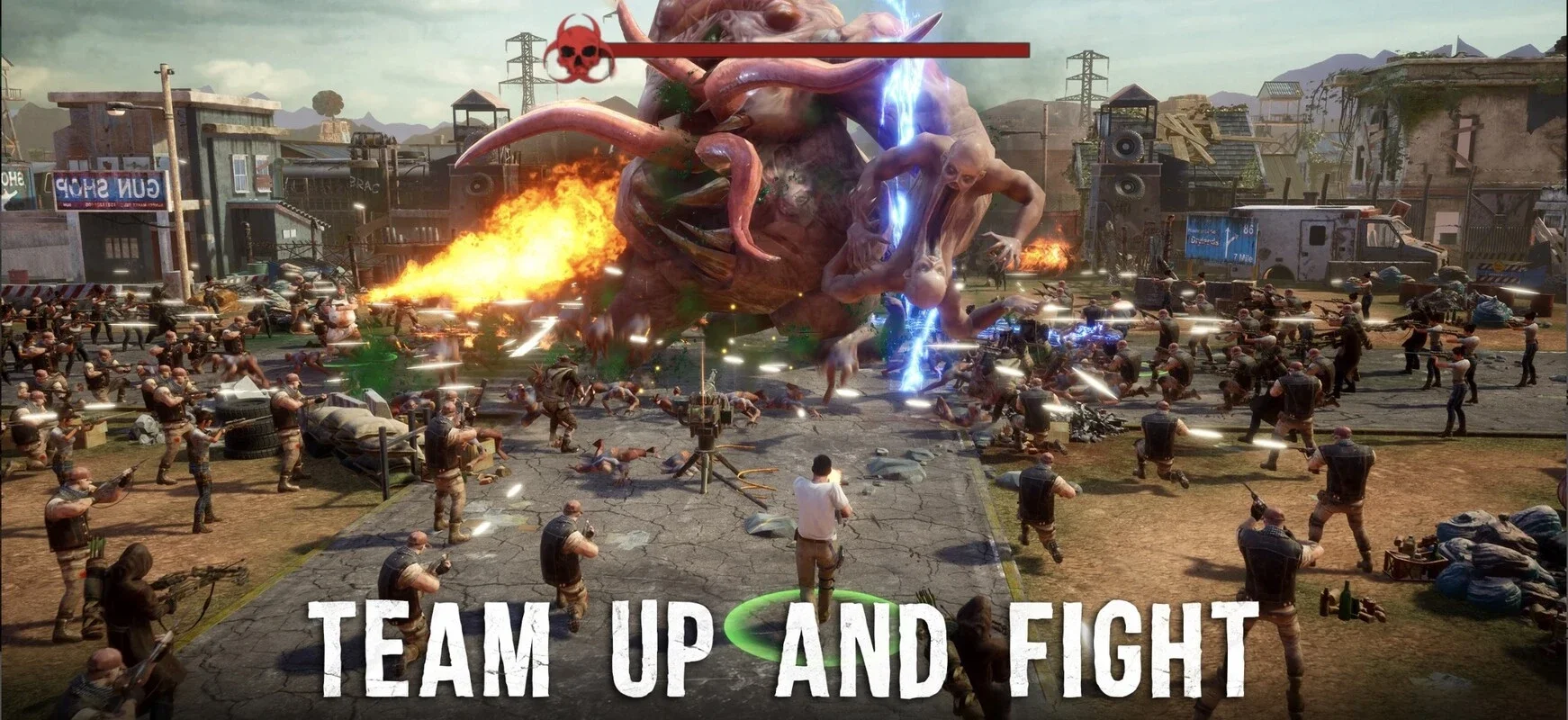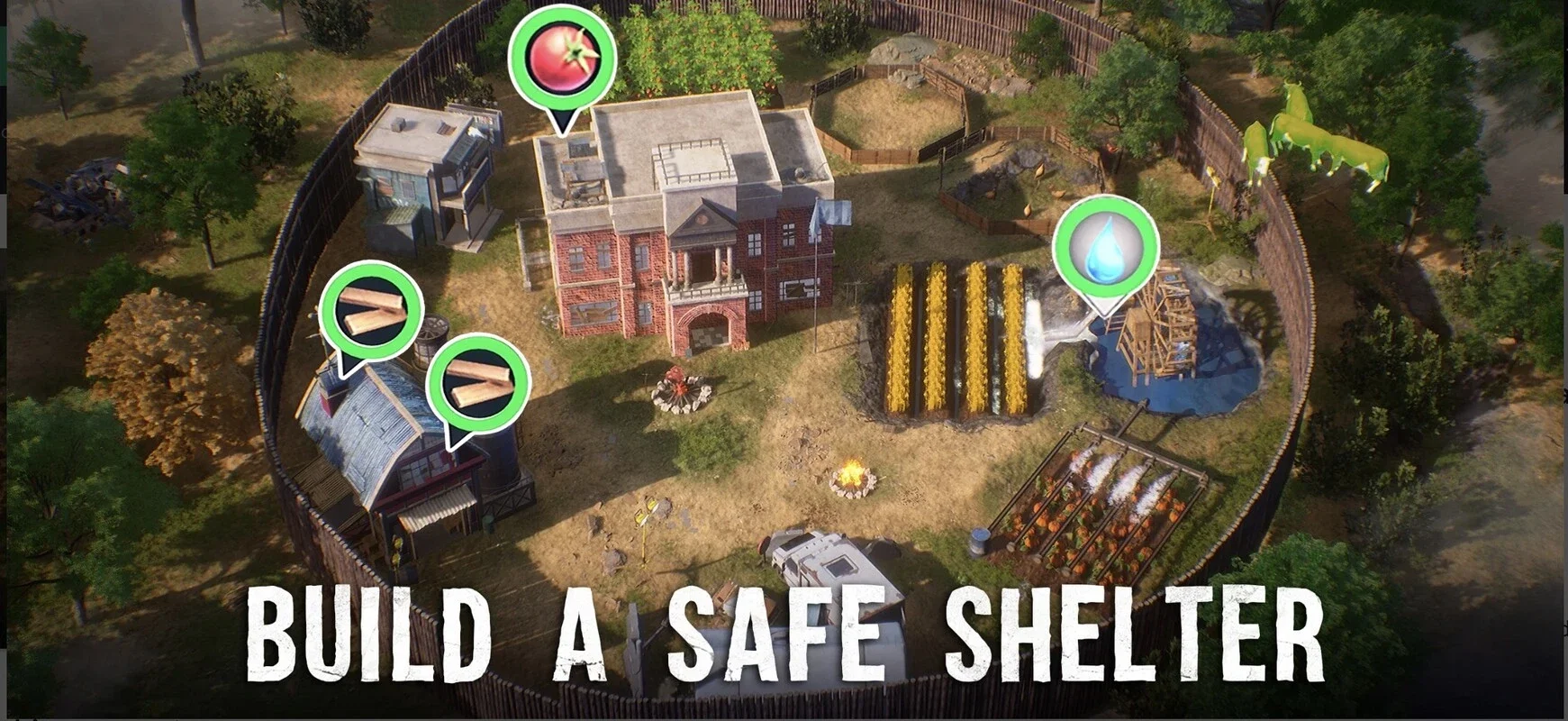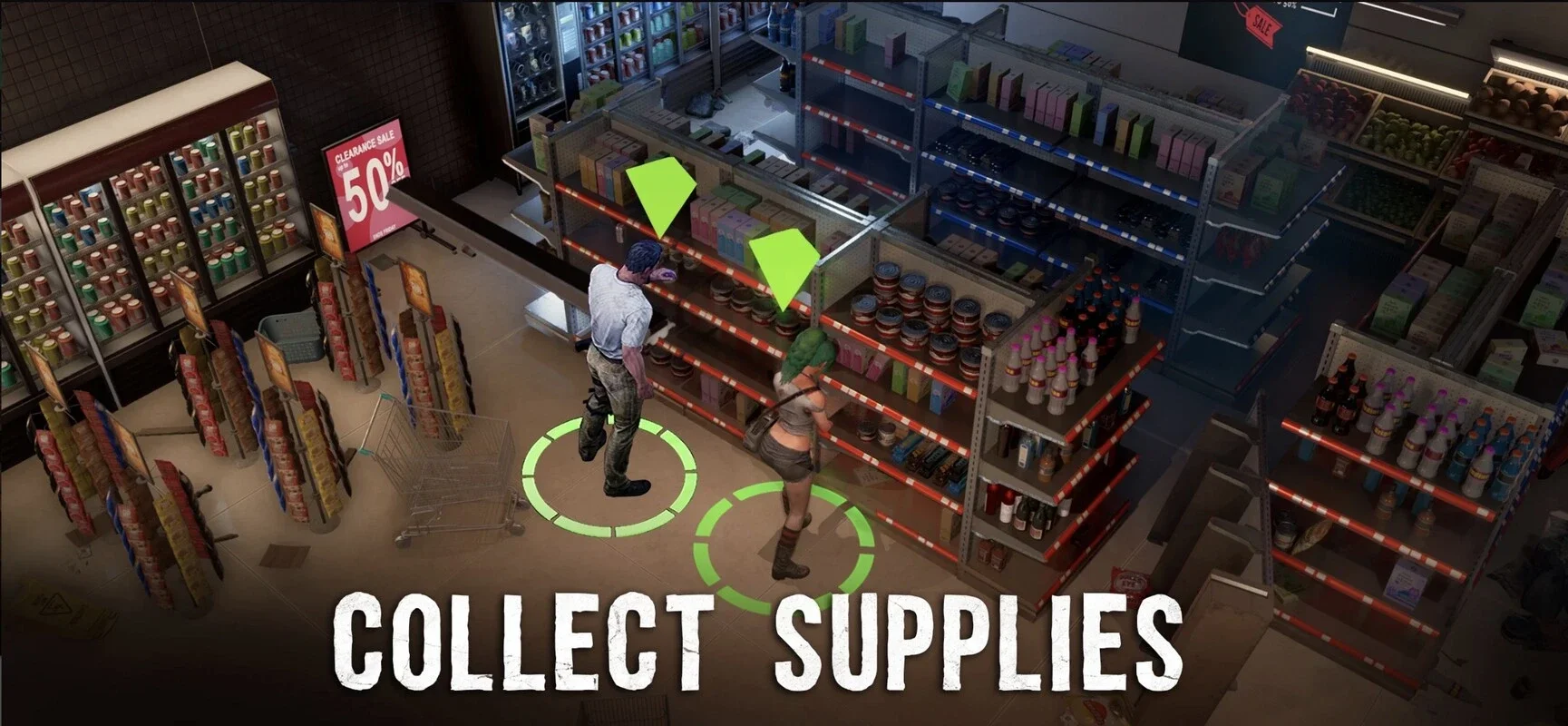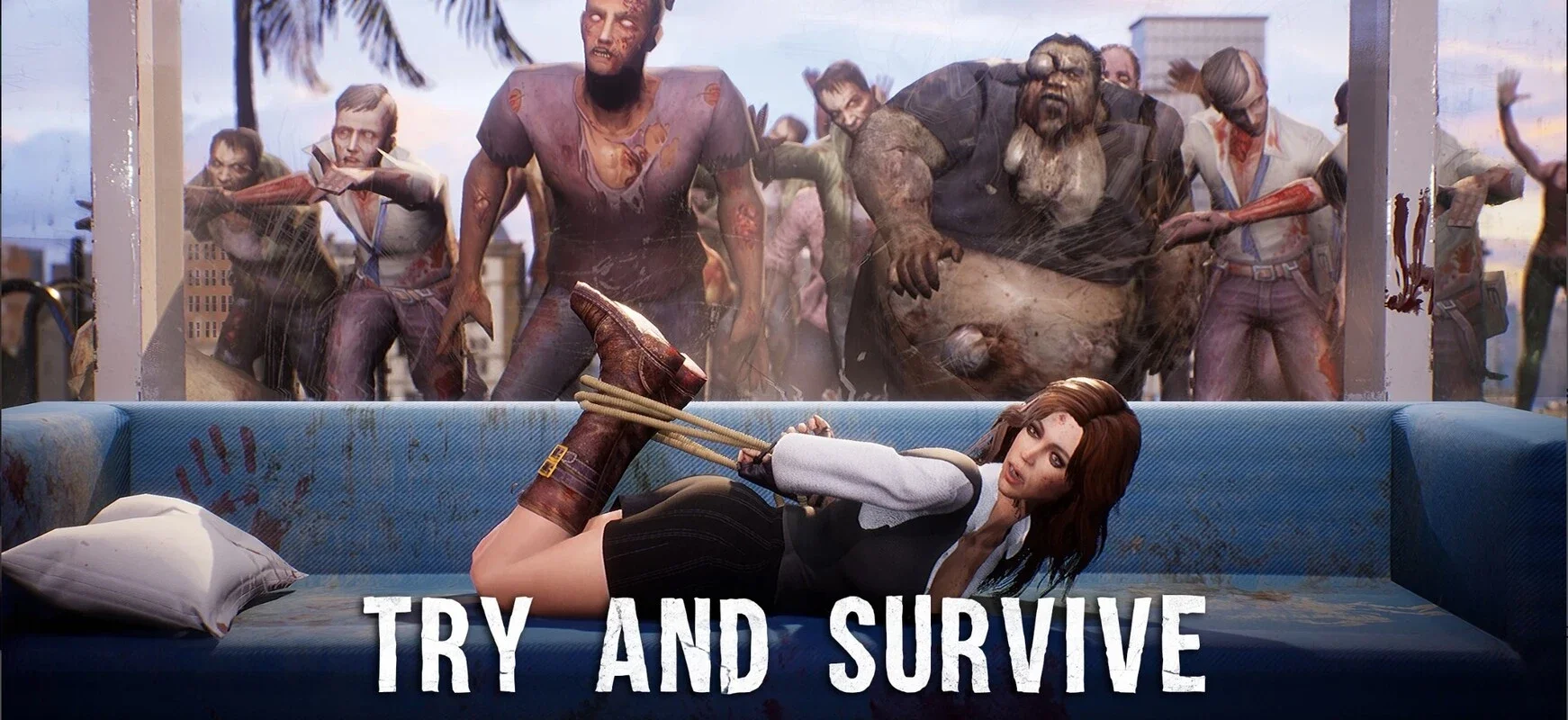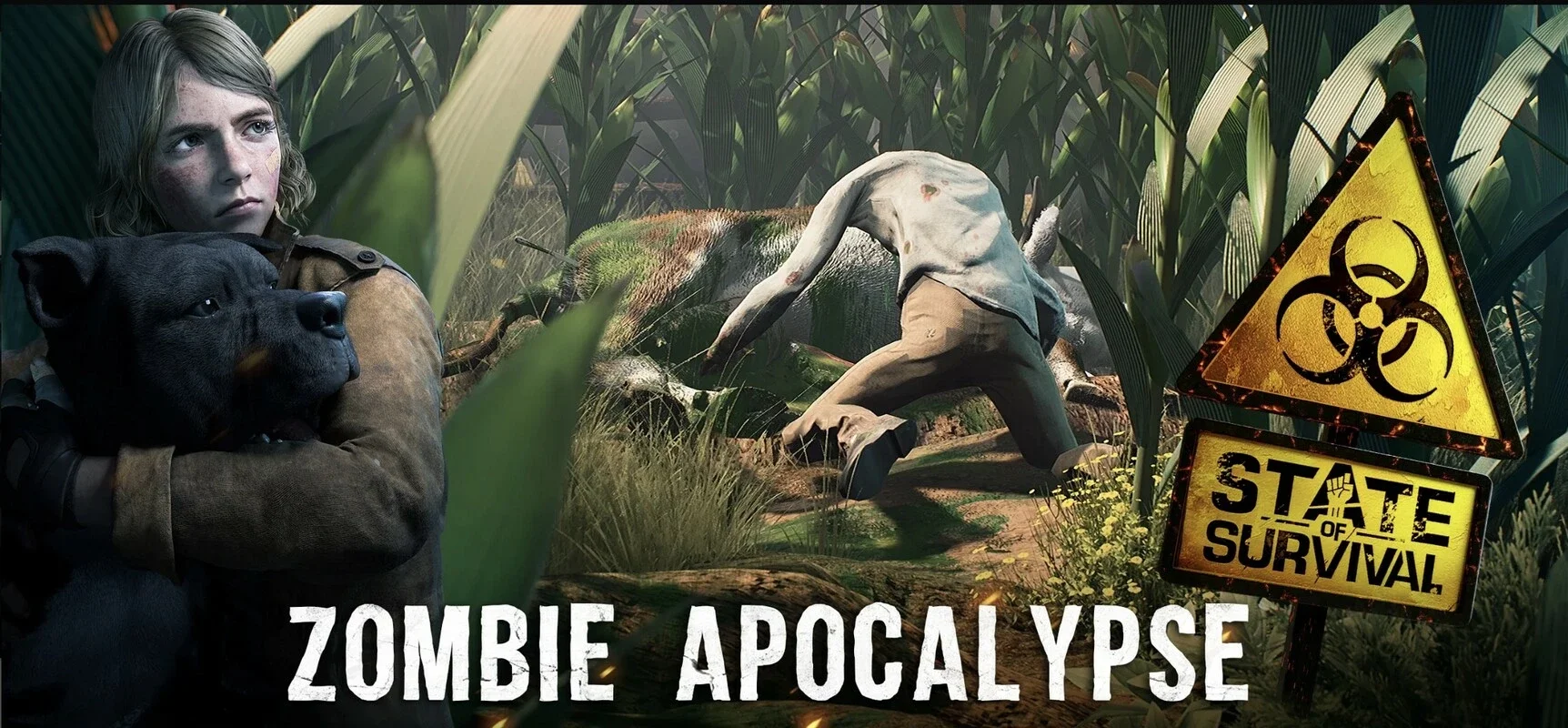State of Survival App Introduction
State of Survival plunges players into a world ravaged by a devastating virus, transforming humanity into hordes of relentless zombies. Six months after the collapse of civilization, the remnants of humanity struggle to survive. This isn't just another zombie survival game; it's a complex blend of base-building, resource management, strategic combat, and alliance-building, all set against the backdrop of a dynamic and ever-changing world. This in-depth exploration will delve into the various aspects of State of Survival, comparing it to similar titles and highlighting its unique features.
Building and Expanding Your Haven
The core gameplay loop revolves around establishing and expanding your base. Initially, you'll start with a small settlement, gradually constructing essential buildings like housing, hospitals, farms, and workshops. Resource management is crucial; you'll need to gather supplies, produce food to sustain your survivors, and constantly upgrade your structures to improve efficiency and defense capabilities. This aspect of State of Survival shares similarities with other city-building games, but the constant threat of zombie attacks adds a layer of urgency and strategic depth not found in many other titles.
The base-building mechanics are intuitive yet challenging. Players must carefully plan their city layout, considering factors like resource proximity, defense strategies, and efficient production lines. Unlike some games where base building is a passive activity, State of Survival demands constant attention and strategic decision-making. You'll need to balance expansion with defense, ensuring your resources are protected from both the undead and other players.
Combat and Strategic Warfare
Confronting the zombie hordes is a significant part of the game. State of Survival offers a variety of combat mechanics. Players can directly control their heroes, each possessing unique skills and abilities. Some heroes excel at ranged attacks, deploying turrets to automatically eliminate zombies, while others specialize in close-quarters combat or area-of-effect attacks using grenades or other weaponry. Strategic deployment of your heroes is key to success, especially when facing larger groups of zombies or challenging boss encounters.
The combat system is more than just clicking buttons; it requires careful planning and tactical thinking. Players must consider terrain, zombie types, and the strengths and weaknesses of their heroes to maximize their effectiveness. This strategic element sets State of Survival apart from simpler zombie-slaying games, demanding a deeper understanding of unit capabilities and battlefield dynamics.
Alliances and Multiplayer Interactions
State of Survival is a multiplayer game at its core. While you can play solo, the true depth of the game unfolds when you join or create an alliance. Alliances allow players to collaborate, share resources, and coordinate attacks against more formidable threats. Working together is essential for survival, especially when facing powerful bosses or other player alliances. The social aspect of State of Survival fosters a sense of community and shared purpose, encouraging cooperation and strategic planning on a larger scale.
The alliance system adds a layer of complexity to the gameplay, requiring diplomacy, negotiation, and trust. Players must carefully choose their alliances, considering their strengths, strategies, and overall goals. This social interaction is a key differentiator, setting State of Survival apart from many single-player or less collaborative games in the genre.
Resource Management and Progression
Resources are the lifeblood of your base. You'll need to constantly gather food, materials, and other resources to sustain your survivors, upgrade your buildings, and train your heroes. Resource management is a constant balancing act, requiring players to prioritize their needs and optimize their production lines. The game offers various ways to acquire resources, including completing story missions, participating in time-limited events, and engaging in trade with other players.
The progression system in State of Survival is designed to keep players engaged for extended periods. As you progress, you'll unlock new buildings, heroes, technologies, and research options. This constant progression provides a sense of accomplishment and keeps the gameplay fresh and exciting. The game's long-term progression is well-paced, offering a steady stream of challenges and rewards that prevent the experience from becoming monotonous.
Comparison to Similar Games
State of Survival shares similarities with other post-apocalyptic survival games, but it distinguishes itself through its unique blend of features. While games like Last Day on Earth offer similar survival mechanics, State of Survival's emphasis on alliance-building and large-scale strategic warfare sets it apart. Compared to more casual zombie games, State of Survival demands a higher level of strategic thinking and resource management. The combination of base-building, resource management, strategic combat, and alliance-building creates a compelling and engaging experience that surpasses many of its competitors.
Conclusion
State of Survival is a compelling and engaging post-apocalyptic survival game that offers a unique blend of base-building, resource management, strategic combat, and alliance-building. Its dynamic world, challenging gameplay, and strong social elements create a rich and rewarding experience. While it shares similarities with other games in the genre, its emphasis on strategic depth and multiplayer interaction sets it apart, making it a standout title for players seeking a challenging and rewarding survival experience. The game's constant updates and events ensure that the gameplay remains fresh and exciting, providing a long-lasting and engaging experience for players of all skill levels.
